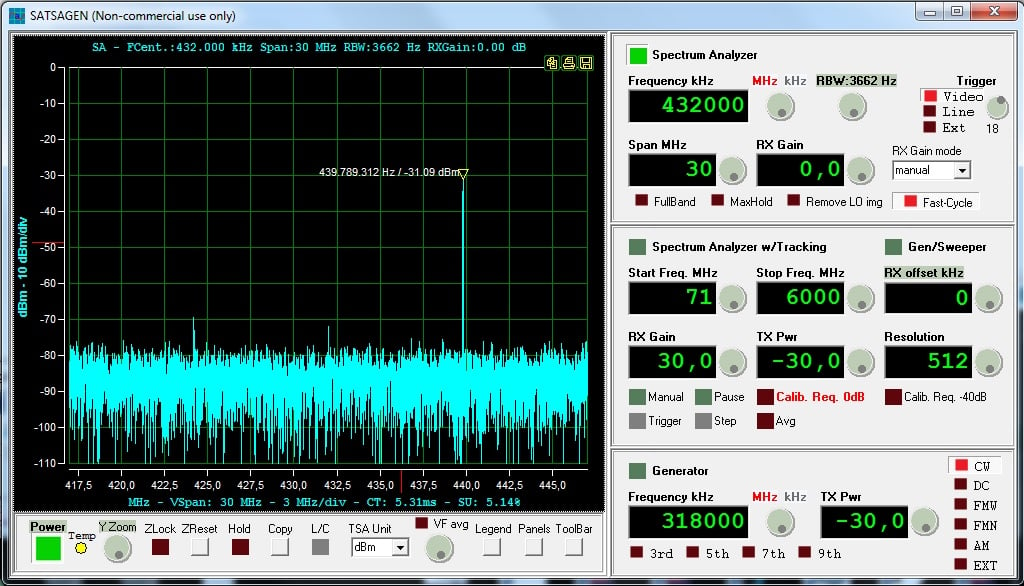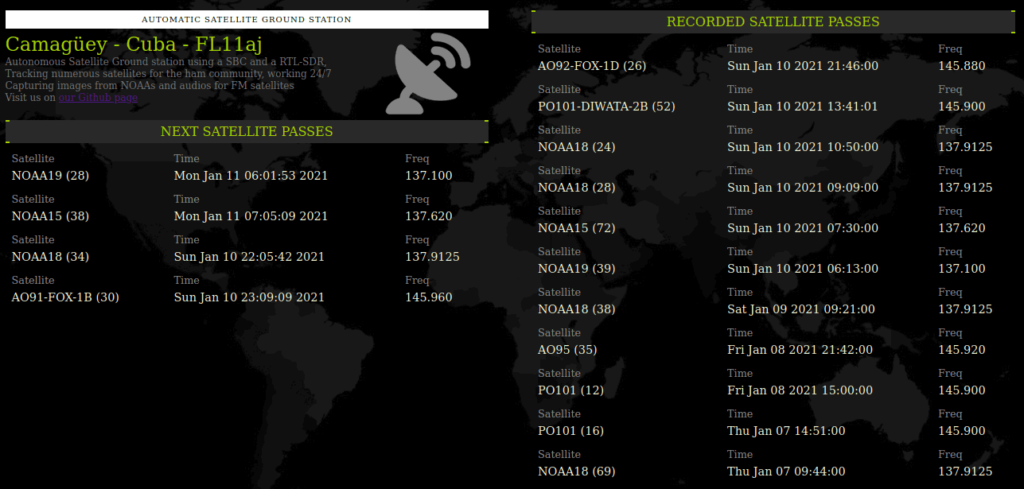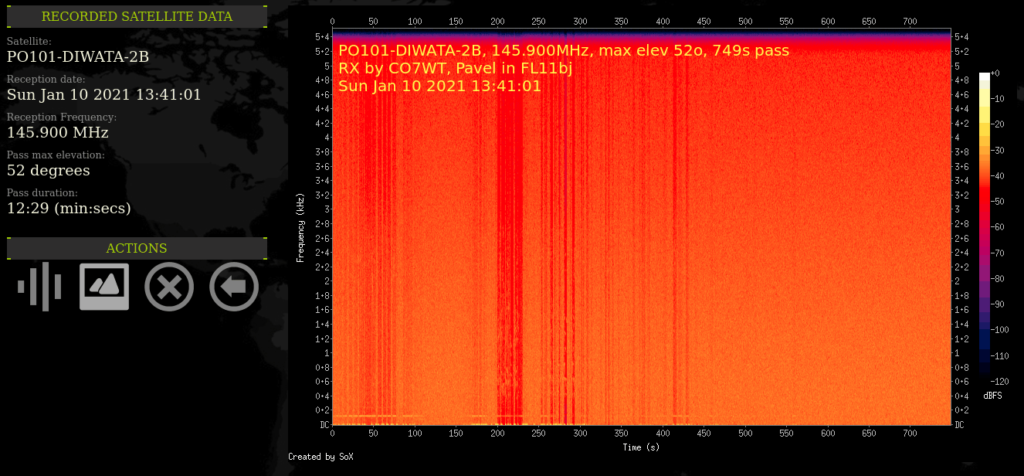SATSAGEN Spectrum Analyzer Software Updated: Now Supports RTL-SDR
Back in March last year we first posted about the release of SATSAGEN, and program by Alberto (IU1KVL) that allowed the PlutoSDR to work as a spectrum analyzer. SATSAGEN has recently been updated to version 0.5, and it now supports the RTL-SDR, HackRF and Simple Spectrum Analyzer hardware as well.
Spectrum analyzer software allows you to monitor spectrum activity over a bandwidth much larger than what your SDR supports. It works by rapidly sweeping over multiple frequencies and stitching the spectrum slices together.
Some highlights of the new features include:
- Works with:
- ADALM-PLUTO
- HackRF One
- RTL-SDR Dongles
- Simple Spectrum Analyzer series like NWT4000, D6 JTGP-1033, Simple Spectrum Analyzer, and so on.
- Video trigger, real-time trigger, and fast-cycle feature
- ADALM-PLUTO custom gain table and Extended linearization table for all devices
- Transmit from raw format files
- I/Q balance panel
- Waterfall




